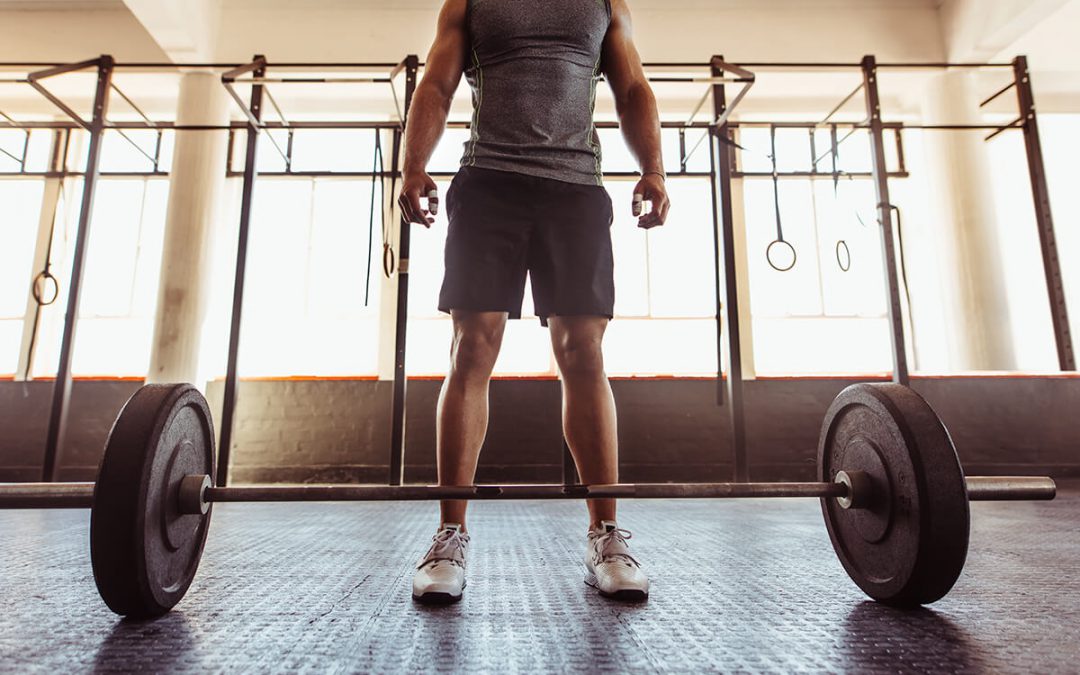When you think of exercises that can be done on the rack, your mind might immediately go to squats. Or perhaps some sort of press.
Rack pulls aren’t the most well known exercise, but they’re a super simple movement that uses both a rack and a barbell.
They’re great for intermediates looking to increase the strength in their lower back, but also beginners who want to work their way up to a deadlift.
How do you do a rack pull?
- Start by setting the arms of the rack at about knee height. Add your barbell to them.
- Set your feet shoulder width apart
- Push your hips back
- Grasp the barbell with an overhand grip at about shoulder width apart
- Engage your core, back flat, and your neck aligned with the rest of your spine
- Lift the bar, driving your hips forward and extending your knees
- Hold at the top, then lower back to the starting position
Commonly Asked Questions On Rack Pulls
What muscles do rack pulls work?
The muscles engaged during a rack pull depend on the height you start the lift from.
When the barbell is lower down, the focus is more on the glutes and the hamstrings. When the barbell is higher, the lower back is more involved in the movement.
Regardless of the height, the core is always engaged and stabilises you throughout the exercise. All in all, the muscles worked are very similar to those involved in the deadlift. The posterior chain is the particular focus.
Are rack pulls effective?
Exercise effectiveness depends on the reason you’re doing it.
If you’re using a rack pull as a way to work your way up to a deadlift, practice your deadlift form and the part of the lift you find trickiest, or to increase the strength in your lower back, then they’re a great exercise to help you do that.
If you’re looking to develop full body strength in only a few exercises, rack pulls might not be one of the main exercises you’ll include in your routine.
How high should rack pulls be?
There are three options for the height at which you set the bar for a rack pull.
Lower than knee height means you’ll engage your hamstrings and glutes a lot more. A great option if you’re working your way up to, or are practising your deadlifts.
Higher than knee height means the focus is more on the muscles in the lower back. The range of motion is a lot shorter, and you’ll be able to lift a little heavier here.
Setting the bar at knee height helps you do a little bit of both. A happy medium.
What’s the difference between deadlifts and rack pulls?
Rack pulls have a much shorter range of motion than deadlifts do. The movement is very similar, but if you think about it, you’re lifting the barbell from the ground in a deadlift and off the rack in a rack pull.
The rack pull is less focused on the hamstring and more focused on the muscles in the lower back.
As there’s less of a way to go, rack pulls let you lift heavier weight than deadlifts might.
They’re also seen as a good progression if you’re looking to practice that hip hinging motion needed for a deadlift.


